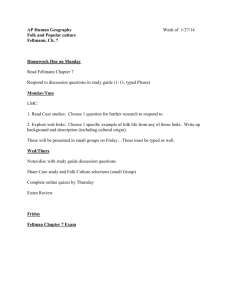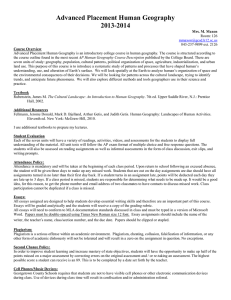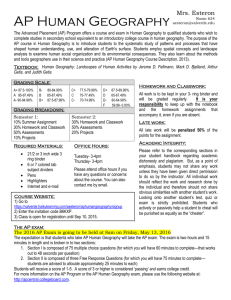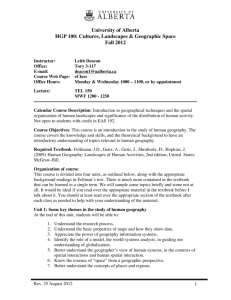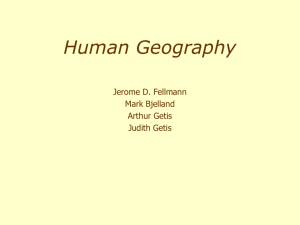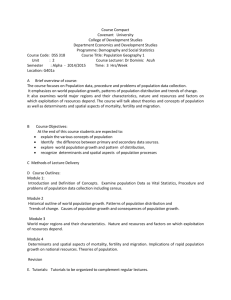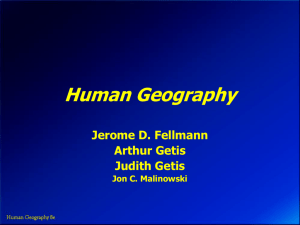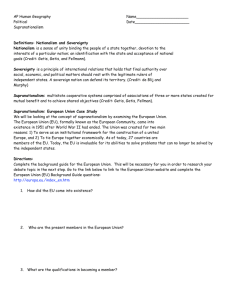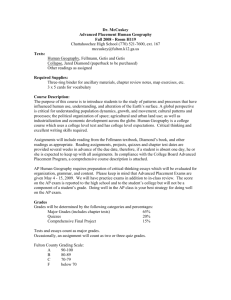AP Human Geography “Daily Ten” Fellmann, Chapter 11 (pp. 340
advertisement
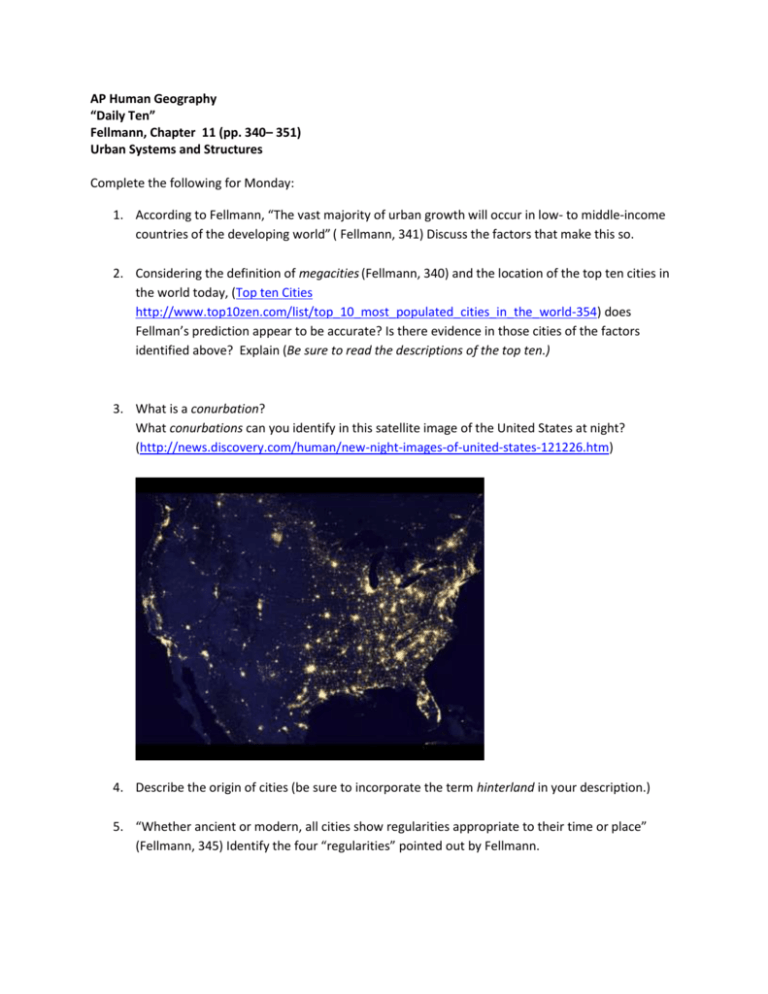
AP Human Geography “Daily Ten” Fellmann, Chapter 11 (pp. 340– 351) Urban Systems and Structures Complete the following for Monday: 1. According to Fellmann, “The vast majority of urban growth will occur in low- to middle-income countries of the developing world” ( Fellmann, 341) Discuss the factors that make this so. 2. Considering the definition of megacities (Fellmann, 340) and the location of the top ten cities in the world today, (Top ten Cities http://www.top10zen.com/list/top_10_most_populated_cities_in_the_world-354) does Fellman’s prediction appear to be accurate? Is there evidence in those cities of the factors identified above? Explain (Be sure to read the descriptions of the top ten.) 3. What is a conurbation? What conurbations can you identify in this satellite image of the United States at night? (http://news.discovery.com/human/new-night-images-of-united-states-121226.htm) 4. Describe the origin of cities (be sure to incorporate the term hinterland in your description.) 5. “Whether ancient or modern, all cities show regularities appropriate to their time or place” (Fellmann, 345) Identify the four “regularities” pointed out by Fellmann. 6. View the Power Point “Urban Site and Situation” Linked on the lesson plans page. Describe Chicago’s site and situation. 7. Describe what is meant by the economic base of an urban settlement. Include a description of basic and nonbasic sectors. 8. What does the urban multiplier effect refer to? 9. How do you think the functions of Milwaukee and Madison differ? 10. Provide a brief (this is a challenge…) summary of Christaller’s Central Place Theory.
